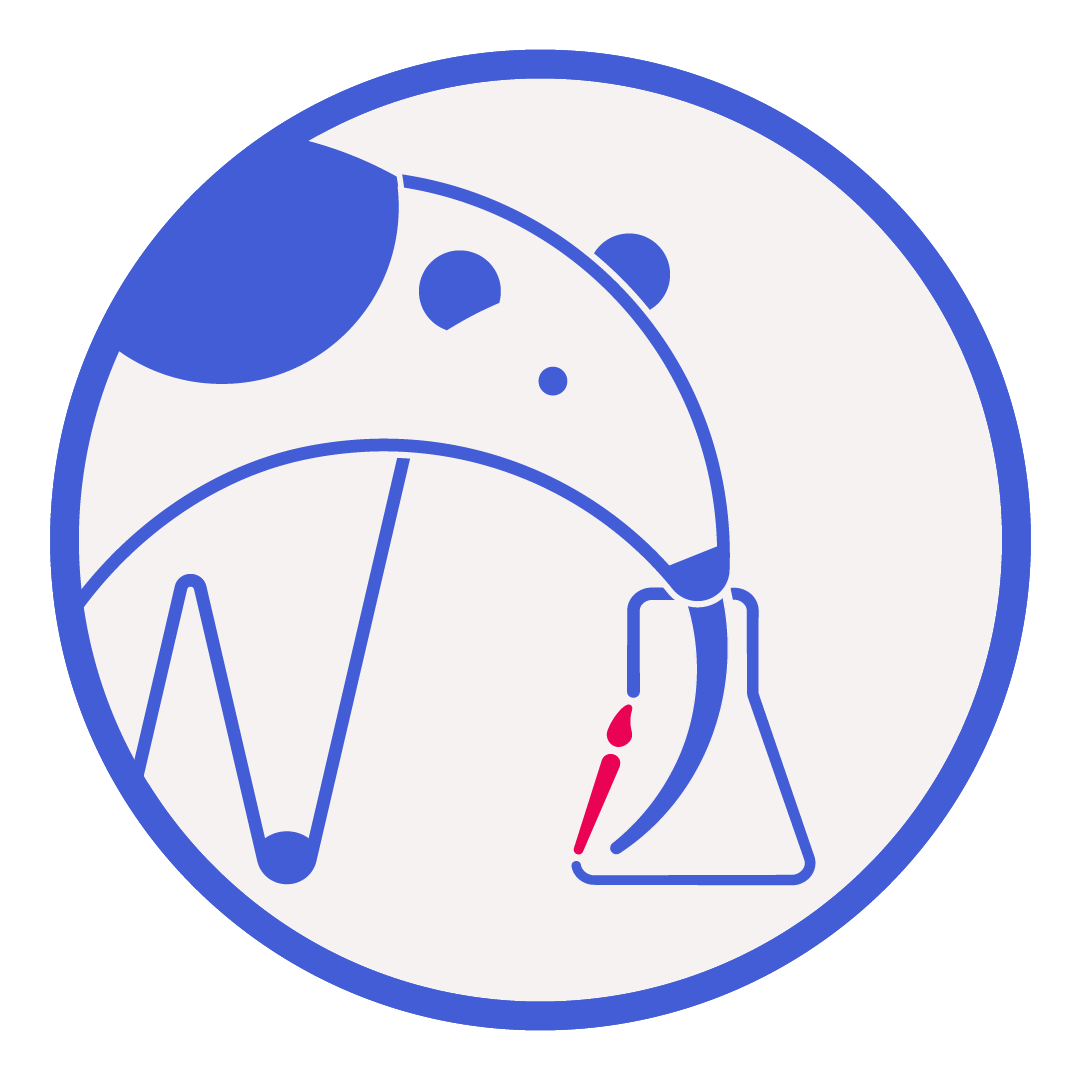
Graphical abstracts
Graphical abstract from Rivera et al., 2023. Science of the Total Environment. It shows how in landscapes where tropical forests constitute the original vegetation, dung beetle species which are disturbance-sensitive and forest-dependent suffer, whereas open habitat species and disturbance-adapted species are more resilient. Natural reserves help maintain the taxonomic, functional and phylogenetic composition of dung beetle communities.
Graphical abstract for Smith & Donoghue, 2022. Nature Ecology and Evolution. It shows how fungal disparity expands episodically through time, and how an increase in their multicellular complexity conceded with a drastic increase in anatomical variety.
Graphical abstract for Rivera et al., 2022. It shows how forest habitats in fragmented landscapes are essential for safeguarding the evolutionary history of dung beetles, reducing biotic homogenisation processes by favouring phylogenetic overdispersion and complementarity between sites.
Graphical abstract for Newham et al., 2022. It shows how, by analysing and reviewing evidence on x-ray computed tomography and phylogenetically-informed statistics, the authors concluded that endothermy likely originated as a series of phases among early crown mammals beginning in the mid Jurassic, as a response to shifting ecological and environmental pressures.
Graphical abstract for Gopalan et al., 2020. Current Biology. It shows how the Chabu people are related to ancient Southwest Ethiopian hunter-gatherers (HGs). Like other African HGs, Chabu population size has declined over the past 1,400 years. However, other populations with Ethiopian HG ancestry have not experienced declines. This heterogeneity may stem from variable HG responses to encroaching farmers
Social media graphical abstract for Adams et al., 2020. It shows how dietary grit does not affect microwear signal in mole microwear
Winning entry on BioRender's graphical abstract competition. Based on Cox et al., 2012, PLoS ONE. It shows how the different jaw muscle configurations of rodents are better for gnawing or chewing (and thus their different diets)
Finalist on BioRender's graphical abstract competition. Based on Adams et al., 2019, Royal Society Open Science. It shows how rodent and multituberculate skull function compares, with rodents being able to process harder food faster than multituberculates
Finalist on BioRender's graphical abstract competition. Based on Slater et al., 2009, Journal of Zoology. It shows how the skull of canids relate to what they eat. Canids with longer jaws eat smaller animals than those with shorter jaws
Semifinalist on BioRender's graphical abstract competition. Based on Caro et al., 2019, PLoS ONE. It shows how the stripes of zebras are useful for deterring flies
Journal graphical abstract for Adams et al., 2020. Palaeogeography, Palaeoclimatology, Palaeoecology. It shows how mole dental microwear is more similar to those of other animals with soft diets, regardless of their dietary grit
Graphical abstract for Hall et al., 2020. Chemical Science. It shows how a vaccine for Leishmaniasis might be created by disrupting glycan-glycan interactions between Leishmania & the midgut of its sandfly host
Graphical abstract for Joaqui et al., 2021. Journal of Biogeography. It shows the role of vertical & horizontal colonisation processes in beetles
Social media graphical summary for Newham et al., 2020. Nature Communications. It shows how the earliest mammals had reptile-like physiology
Graphical abstract for Mendez-Rojas et al., 2021. Ecological Indicators. It shows how the density of beetles changes across different habitats















